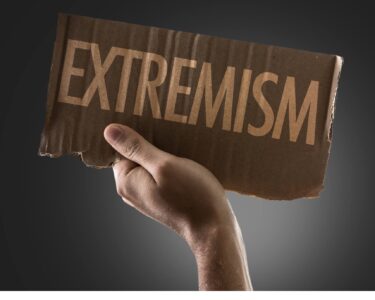Election Fever: Will Sri Lanka’s Presidential Race Go to a Nail-Biting Second Count?

As Sri Lanka gears up for its presidential election, the political landscape is brimming with intrigue and uncertainty. With a record-breaking 39 candidates throwing their hats into the ring, the 2024 presidential race is shaping up to be one of the most chaotic and unpredictable in recent history.
Surge in Candidates and the Proxy Game
The increasing number of candidates—a dramatic leap from 35 in 2019 to 39 this year—reflects a new trend in Sri Lankan elections: the strategic use of proxy candidates. This tactic aims to split votes and sway the election in favor of major players by confusing the electorate. In a twist of political gamesmanship, candidates with names similar to prominent figures are being fielded to divert votes. This year’s standout example is the appearance of Namal Rajapaksa from the Samabala Party, a move likely to siphon votes from the SLPP’s Namal Rajapaksa.
The Rajapaksa Resurgence
Despite the Rajapaksa family’s dramatic fall from grace during the 2022 aragalaya protests, which saw President Gotabaya Rajapaksa and other family members fleeing the country, Namal Rajapaksa’s decision to contest the election signals a bold comeback attempt. The SLPP’s choice to participate, under Namal’s leadership, indicates his faction’s dominance over the rival Basil Rajapaksa camp. While the SLPP’s chances of winning seem slim, the party’s involvement is a strategic move to gauge voter sympathy and bolster Namal’s national profile.
Dissanayake’s Disappointment?
For a time, Anura Kumara Dissanayake, the candidate from the National People’s Power (NPP)/JVP, was seen as a potential frontrunner. Large rallies and optimistic polls initially suggested he could secure a decisive victory. However, his long tenure in Parliament and perceived lack of administrative experience may dampen his chances. Dissanayake’s idealistic approach, reminiscent of Gotabaya Rajapaksa’s ill-fated presidency, could hinder his appeal to voters seeking practical solutions.
The Battle of the Giants: Wickremesinghe vs. Premadasa
The election is expected to ultimately hinge on a face-off between incumbent President Ranil Wickremesinghe and Sajith Premadasa of the Samagi Jana Balawegaya (SJB). Wickremesinghe’s recent surge in popularity can be attributed to his role in stabilizing Sri Lanka’s faltering economy. Amid fears of destabilization, many voters are leaning toward continuity under Wickremesinghe’s leadership.
Conversely, Sajith Premadasa, who garnered 42% of the vote in the previous election, remains a strong contender. Despite criticisms of his refusal to join the crisis government led by Gotabaya Rajapaksa, Premadasa’s rejection of a discredited administration may still resonate with voters seeking change.
A Race to Remember
With Namal Rajapaksa and Anura Kumara Dissanayake likely to capture around 25% of the vote, neither Wickremesinghe nor Premadasa may reach the necessary 50% to secure an outright victory. This sets the stage for a possible runoff—a scenario that would add a new layer of drama to an already tumultuous election. As Sri Lankan voters head to the polls, the possibility of a second count looms large, promising a dramatic and potentially nail-biting conclusion to one of the most contested elections in recent history.
As the election approaches, all eyes are on the shifting dynamics and strategic maneuvers of the candidates. Voters face a critical choice between change and continuity, and the outcome may very well depend on the final votes cast in what promises to be a high-stakes electoral showdown.







